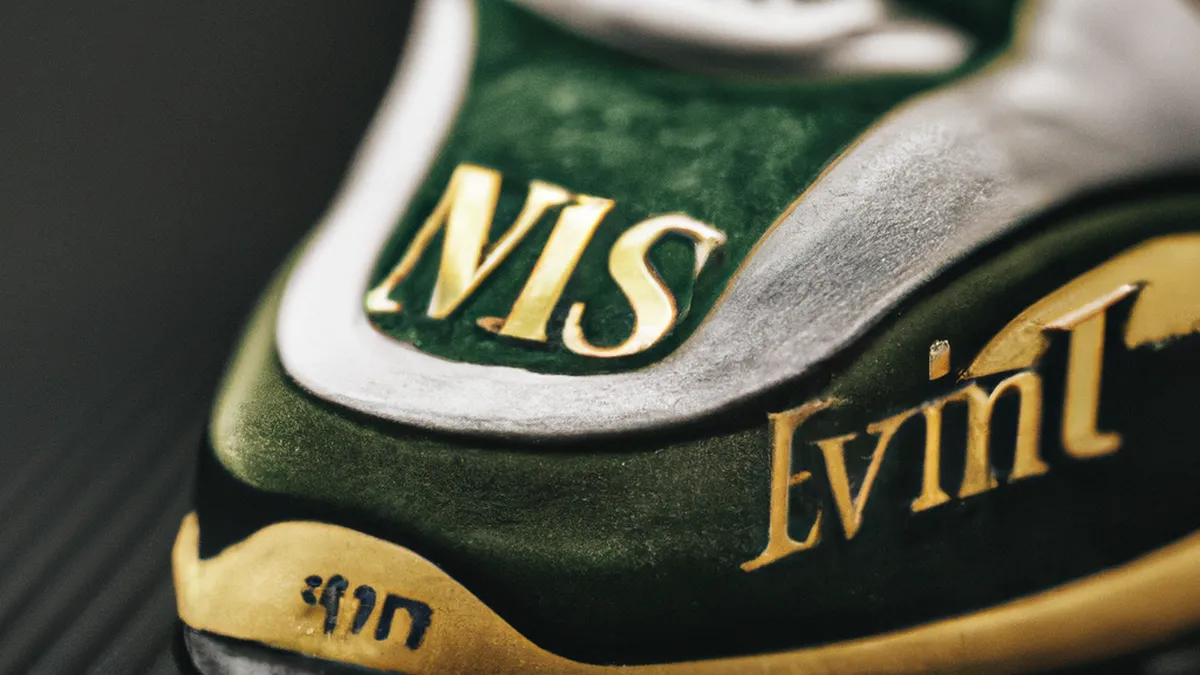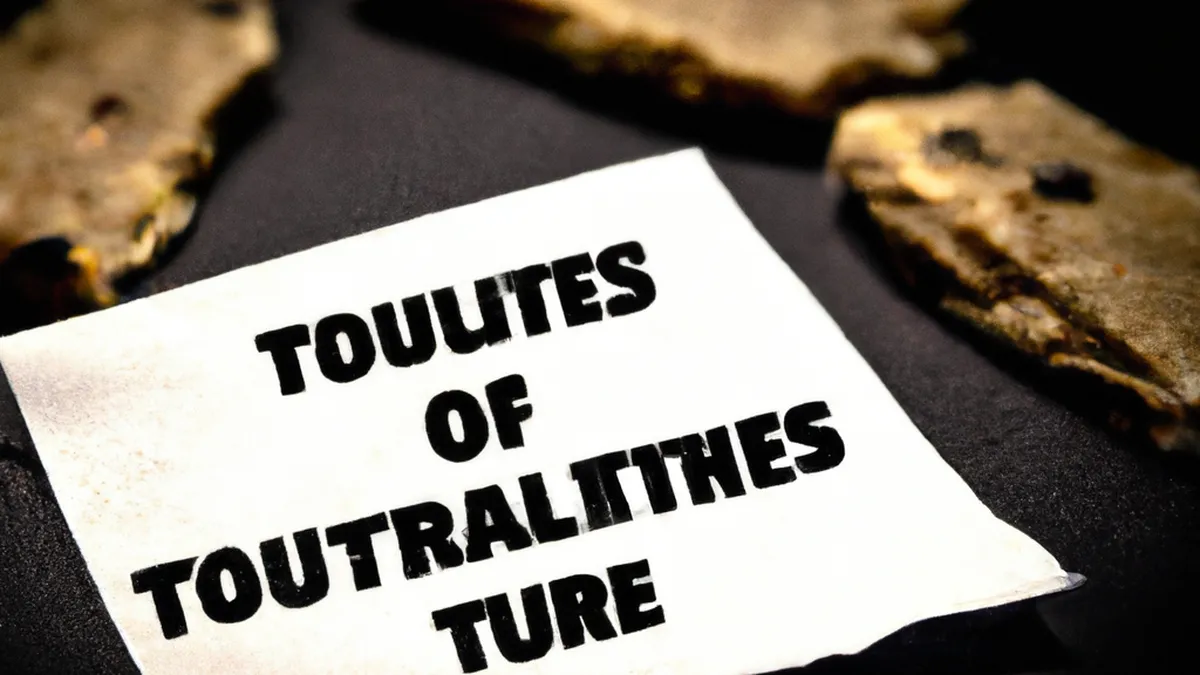Steps to Elite Performance in Sports
Athlete Development Pathways: A Comprehensive GuideAthlete development pathways guide aspiring athletes from initial interest to elite competition. Understanding these pathways enhances performance and skill development. This blog post explores essential tips, valuable advice, and the benefits of structured athlete development pathways. We emphasize the importance of a holistic approach to athletic growth.
Understanding Athlete Development Pathways
Athlete development pathways include various stages that focus on specific skills and experiences based on age and skill level. Early stages emphasize fundamental movement skills like running, jumping, and throwing. As athletes progress, they specialize in specific sports and refine their skills. Coaches and mentors provide vital guidance and support throughout each phase.
Stages of Development
The development pathway typically consists of three main stages: initiation, development, and high performance.1. **Initiation Stage:** This stage occurs between ages 6-12. Athletes explore various sports and develop basic motor skills. Coaches encourage participation and enjoyment, emphasizing fun in sports. This stage fosters a love for physical activity, laying the groundwork for future engagement.2. **Development Stage:** Ages 12-16 mark a shift toward specialization. Athletes focus on one sport, refining skills and deepening tactical understanding. Training becomes structured and competitive, with participation in local leagues and tournaments. Coaches enhance technical skills and physical conditioning, preparing athletes for higher competition levels.3. **High Performance Stage:** Athletes aged 16 and older compete at elite levels, including national and international events. Training intensifies, focusing on advanced physical and mental conditioning. Athletes often sacrifice personal lives to balance training, education, and commitments. Mental resilience becomes critical as they face greater pressures and expectations.
The Role of Coaches and Mentors
Coaches and mentors play essential roles in guiding athletes. They provide technical instruction, motivation, and support, helping athletes navigate challenges. Effective coaches adapt their teaching styles to suit individual needs, recognizing unique strengths and areas for growth. They encourage open communication, allowing athletes to express goals and concerns, fostering a positive learning environment.
Tips for Navigating Athlete Development Pathways
As an Amazon Associate I earn from qualifying purchases.
Gear tip: consider collapsible funnel, running shoes, and gps running watch to support this topic.
1. **Set Clear Goals:** Establish short-term and long-term objectives. Clear goals maintain focus and motivation, providing targets to strive toward. Regularly revisit and adjust these goals based on progress to ensure relevance and achievability.2. **Stay Committed:** Consistency matters in training and practice.
Conclusion
Athlete development pathways provide crucial guidance. Following these pathways enhances skills and prepares athletes for success.
Below are related products based on this post:
FAQ
What are athlete development pathways?
Athlete development pathways are structured guides that lead aspiring athletes from their initial interest in sports to elite levels of competition. These pathways focus on various stages that emphasize skill development based on age and experience, ultimately enhancing performance and growth.
What are the main stages of athlete development?
The main stages of athlete development include initiation, development, and high performance. The initiation stage focuses on exploring different sports and basic skills, while the development stage emphasizes specialization and competition. The high performance stage involves training at elite levels and managing greater pressures.
How do coaches support athletes in their development?
Coaches play a vital role in guiding athletes by providing technical instruction, motivation, and support. They adapt their teaching styles to meet individual needs and encourage open communication, which helps athletes express their goals and concerns, fostering a positive environment for growth.















Post Comment